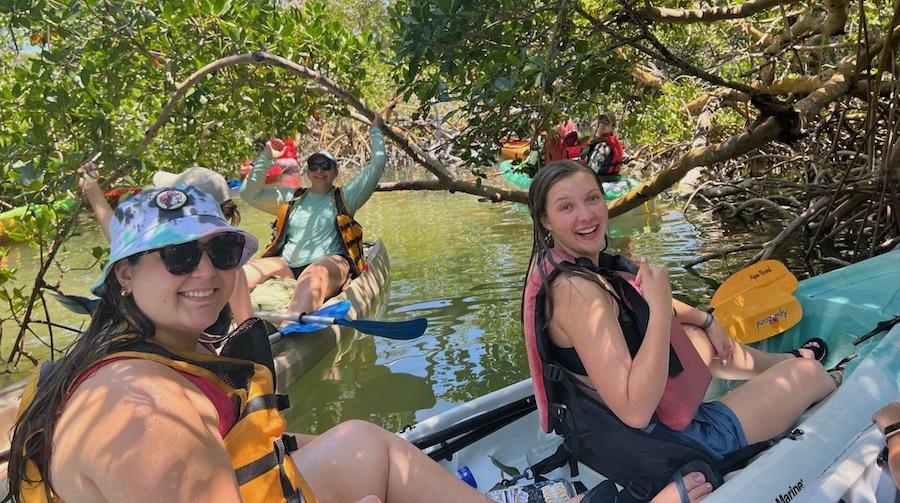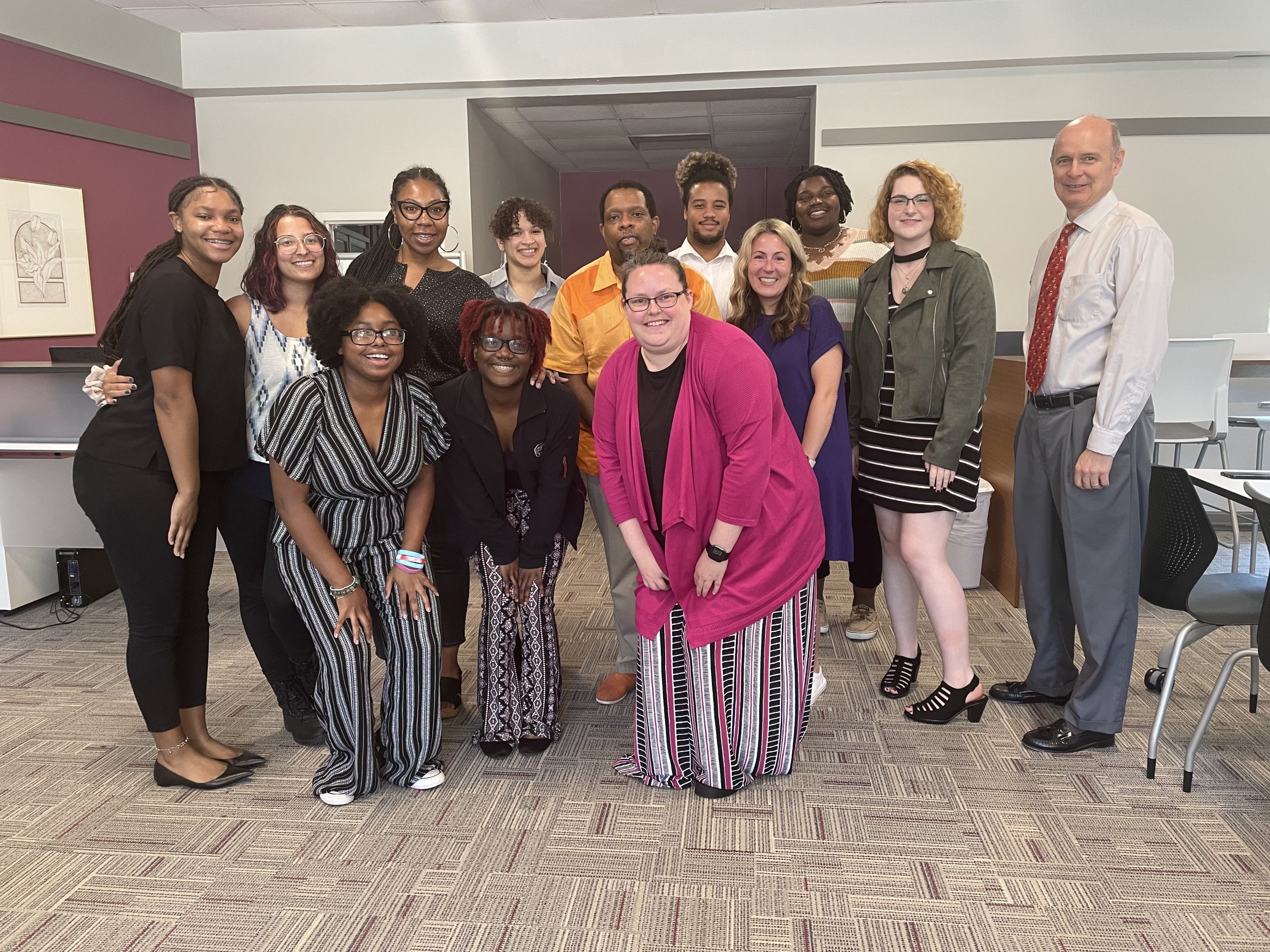
Twenty-one students from the Subtropical Ecosystems class, along with Dr. Joni Criswell, associate professor of biology, and three chaperones traveled to Pigeon Key Island, Florida, May 5-11 to gain a better insight into the biodiversity among the subtropical regions of the United States. Another goal of the trip was to better educate students about conservation efforts and the effect human pollution is causing on ecosystems such as mangrove forests.
“I feel this trip is extremely beneficial to any student looking into ecology or how to better our planet through natural resources,” said Brianna Rao, a rising junior biology major from Rock Hill, South Carolina.
According to Dr. Criswell, the Florida Keys closely resembles tropical areas of other countries she’s visited. She says that observing subtropical and tropical ecosystems is beneficial, because such areas contain upwards of about 90 percent of diversity.
“Even though we live in a state that has a fair amount of biodiversity with the coast, the Upstate and the mountains, subtropical and tropical regions host most of the world’s biodiversity. You don’t get an appreciation until you’re up close and have hands-on experience with it and are not seeing in a zoo setting. It’s one thing to appreciate something behind a fence, but it’s completely different to actually see it in the wild and have an up-close encounter with a species,” Dr. Criswell said.
Pigeon Key is a five-acre island with a marine science center located along the old Seven Mile Bridge. The students also learned the history of Pigeon Key, which was originally the location for a work camp connected with construction of the Florida East Coast Railway in the early twentieth century.
“We visited Pigeon Key to learn more about conservation efforts and to physically experience what we had learned about in class, like coral reef ecosystems and how they were affecting marsh ecosystems and mangrove ecosystems. The experience gave us a better view of how our oceans work and how our ocean life is built upon these ecosystems that are subtropical and how we’re dependent on them for the future of the world,” Rao said. “We got to explore a lot and were able to snorkel. We were able to see some cool stuff along the islands: eels, lobsters, rays, dolphins, starfish—all the sea life you could possibly imagine. We were able to do a lot of things on the island that visitors can’t do. Staying the night we were able to do tide pooling and were able to look at smaller creatures we were never able to see and experience in South Carolina.”
The students also saw firsthand just how vulnerable such an ecosystem can be, picking up items that litter the area.
“We found pieces of wire from fishing lines, netting, pieces of wood, pieces of beer cans, alcohol bottles, pieces of cigarettes that had washed up, and a bunch of lumber and tires that shouldn’t be there,” Rao said. “It opened our eyes to a lot of conservation efforts and the reasoning behind so much of a movement in the world for conserving our coral reef ecosystems and mangrove ecosystems. I think for me it also opened my eyes to more career opportunities in the future, such as moving toward careers in conservation and ecology.”

 Columbia College hosts second Biomedical Research Symposium
Columbia College hosts second Biomedical Research Symposium